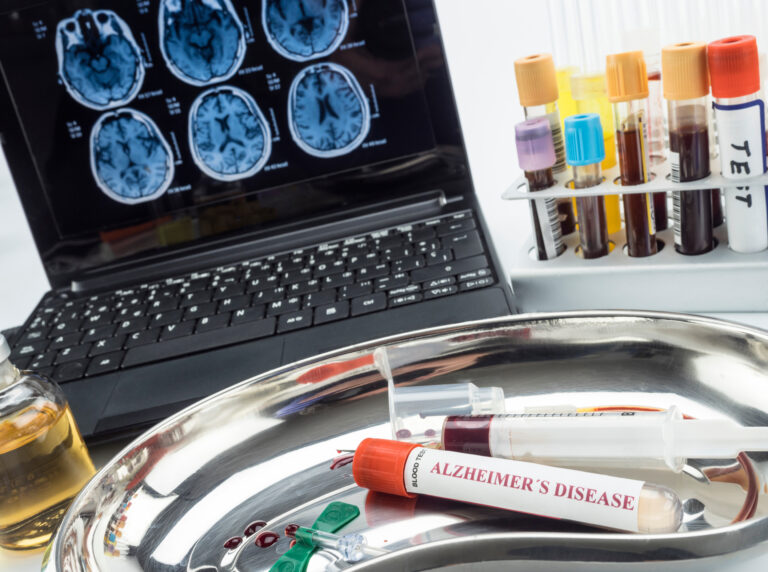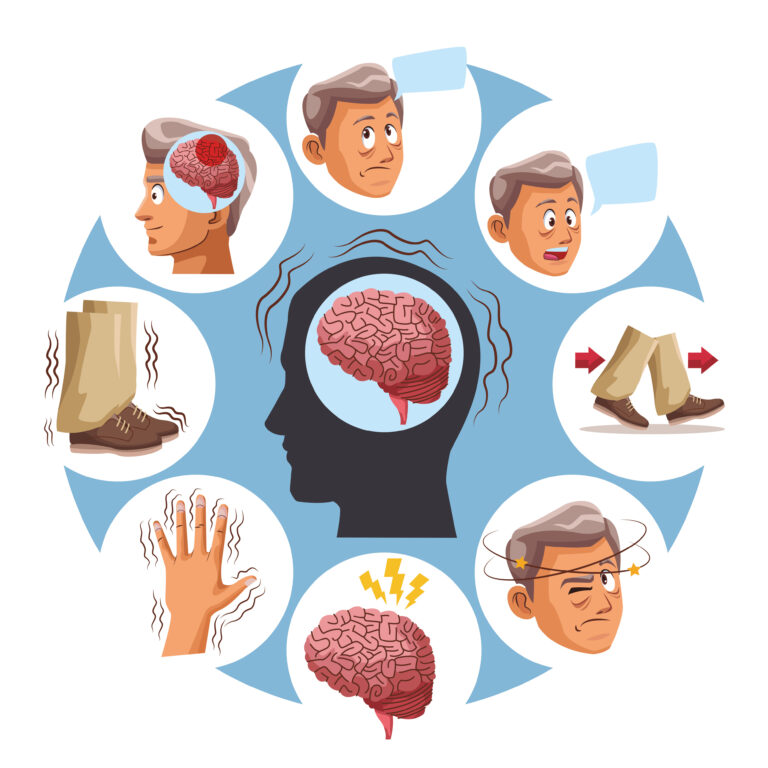### Why Your Dislike of Fluorescent Blue Light Reflects Circadian Disruption Risks
Have you ever noticed that fluorescent lights, especially those with a blue tint, can make you feel uncomfortable or even disrupt your sleep? It’s not just a matter of personal preference; there’s a scientific reason behind it. Let’s dive into why your dislike of fluorescent blue light might be a sign of circadian disruption risks.
### What is Circadian Rhythm?
First, let’s understand what circadian rhythm is. It’s the internal clock that regulates our sleep-wake cycle and other bodily functions over a 24-hour period. This rhythm is controlled by a part of the brain called the suprachiasmatic nucleus (SCN), which responds to light and darkness to synchronize our bodily processes with the day-night cycle.
### How Blue Light Affects Circadian Rhythm
Now, let’s talk about blue light. Blue light is a type of high-energy visible (HEV) light with a shorter wavelength, typically around 460-495 nanometers. It’s the part of the visible light spectrum that is most easily absorbed by the eye. When we’re exposed to blue light, especially in the evening, it can trick our brain into thinking it’s still daytime. This is because blue light suppresses the production of melatonin, the hormone that helps us fall asleep.
### The Risks of Blue Light Exposure
Exposure to blue light, especially in the evening, can lead to several health issues. Here are some of the risks:
– **Sleep Disruption**: Blue light exposure can delay sleep onset and reduce sleep quality. This is because it suppresses melatonin production, making it harder to fall asleep and stay asleep.
– **Increased Risk of Health Disorders**: Studies have shown that prolonged exposure to blue-enriched LED light at night can increase the risk of health disorders such as obesity, diabetes, and breast cancer.
– **Circadian Disruption**: Repeated exposure to blue light at night can disrupt our natural circadian rhythm, leading to a range of health problems.
### Why Fluorescent Blue Lights Are Problematic
Fluorescent lights, especially those with a blue tint, emit a significant amount of blue light. This is why they can be particularly problematic for our circadian rhythms. Here’s why:
– **Evening Exposure**: Using fluorescent lights with a blue tint in the evening can suppress melatonin production, making it harder to fall asleep.
– **Prolonged Exposure**: Prolonged exposure to these lights can lead to chronic circadian disruption, which increases the risk of various health disorders.
### What Can You Do?
If you’re concerned about the impact of fluorescent blue lights on your health, here are some steps you can take:
– **Use Blue Light-Free Alternatives**: Opt for light bulbs that emit less blue light, such as warm white or dim red lights, which are less likely to disrupt your circadian rhythm.
– **Adjust Lighting Timings**: Avoid using fluorescent lights with a blue tint in the evening. Instead, use them during the day when they are less likely to interfere with your sleep.
– **Consider Blue Light Glasses**: If you need to use screens or fluorescent lights in the evening, consider wearing blue light-blocking glasses to reduce the impact on your circadian rhythm.
### Conclusion
Your dislike of fluorescent blue light is not just a matter of personal preference; it reflects a real risk of circadian disruption. By understanding the impact of blue light on our internal clocks and taking steps to minimize exposure, we can protect our health and maintain a healthy sleep-wake cycle. So, next time you notice that fluorescent blue light making you feel uncomfortable, remember it might be your body’s way of telling you to adjust your lighting habits for better health.





